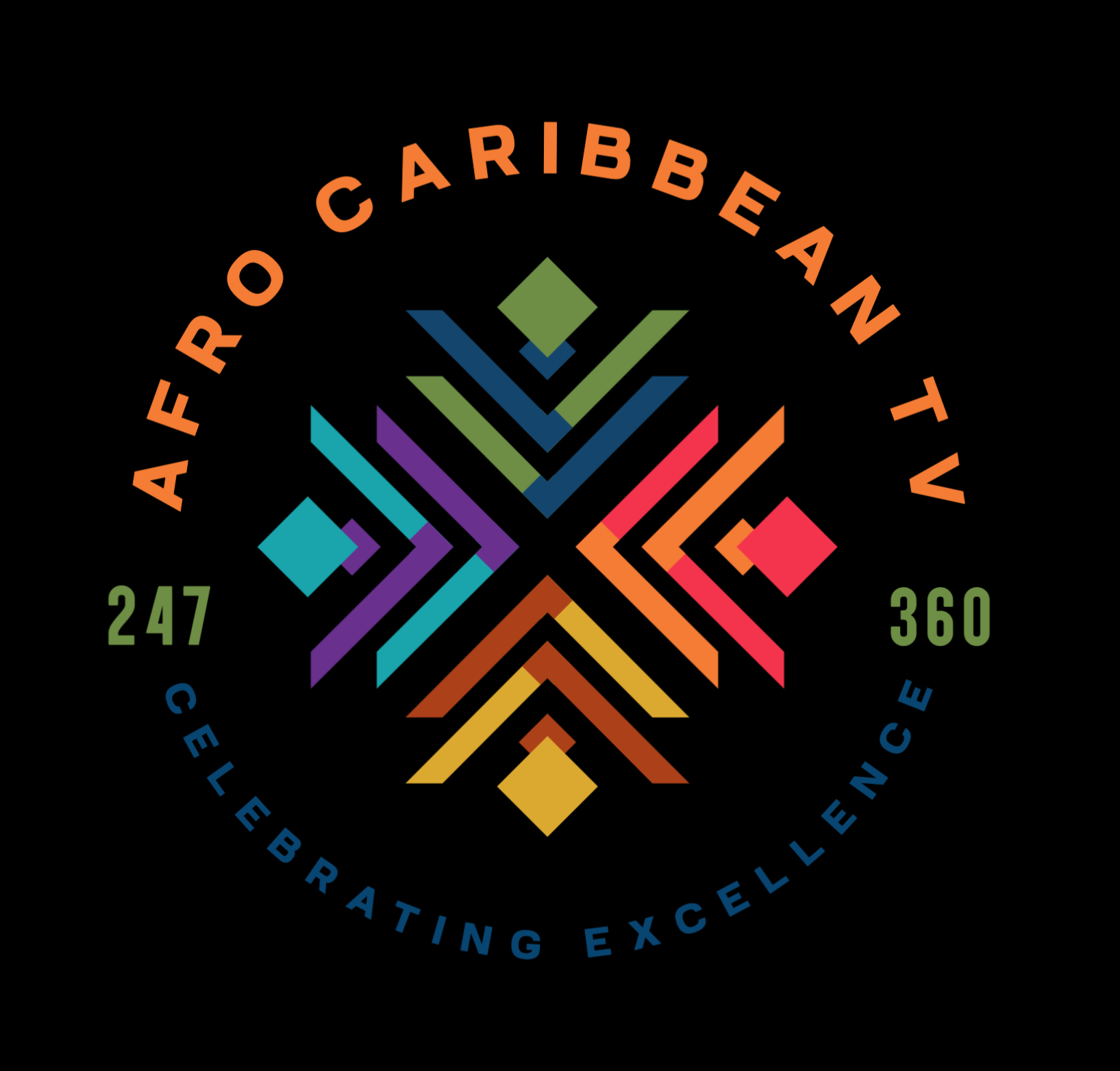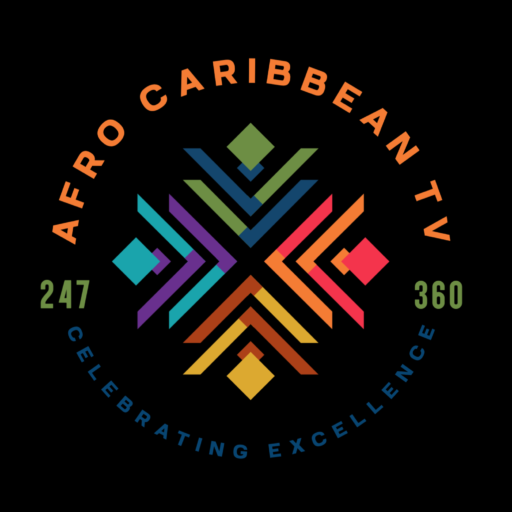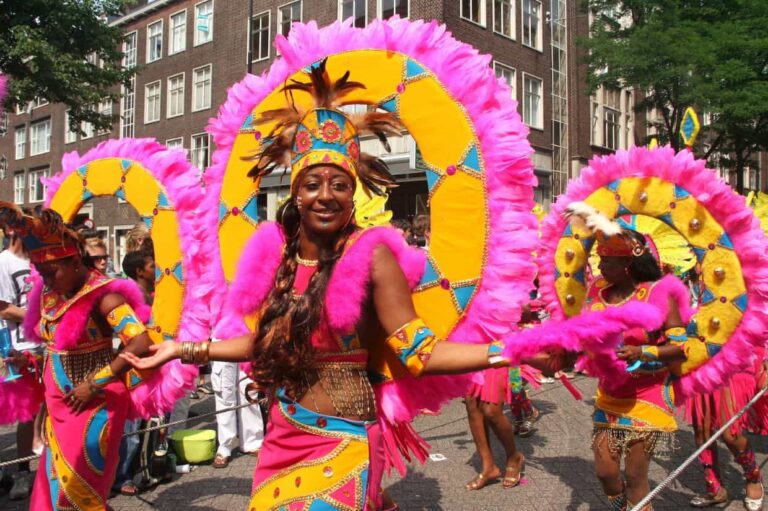Curaçao’s culture is a vibrant blend of African, European, Caribbean, and Latin American influences. This rich mix is reflected in its language, traditions, music, art, religion, and cuisine. Here’s a detailed look at what makes Curaçaoan culture unique:
Cultural Diversity
- Curaçao is a multicultural society with over 50 nationalities living on the island.
- The population includes people of African descent (the majority), along with Dutch, Latin American, Caribbean, Jewish, and East Asian communities.
Language
- Papiamentu is the heart of Curaçaoan identity — a Creole language based on Portuguese, Spanish, Dutch, African languages, and some English and French.
- Example: “Bon bini” = Welcome
- Official languages: Dutch, Papiamentu, and English.
- Spanish is also widely understood due to Curaçao’s proximity to South America.
Festivals & Celebrations
- Carnival (January–February): The most important cultural celebration, with weeks of parades, music, dance, and costumes.
- Seú Festival: A harvest celebration featuring African-influenced music and dance.
- Dia di Rincon (Rincon Day): Celebrated in the town of Rincon to honor Afro-Curaçaoan heritage.
Music & Dance
- Traditional music styles include:
- Tambú: Rooted in African traditions; once banned during slavery for being a form of resistance.
- Tumba: A fusion of African rhythms and European melodies, often used in Carnival.
- Seú, waltz, and muzik di zumbi are also popular.
- Modern music is influenced by reggae, zouk, salsa, and Dutch pop.
Religion & Spiritual Life
- Curaçao has religious freedom and diversity:
- Christianity is dominant (Catholic and Protestant churches are common).
- Judaism has a historic presence—home to the oldest synagogue in continuous use in the Americas (Mikvé Israel-Emanuel, 1732).
- African spiritual practices and ancestral reverence persist subtly, especially in music and healing traditions.
Cuisine
Curaçaoan food reflects its diverse roots:
- Keshi yena: Spiced meat and vegetables stuffed in cheese (signature dish).
- Stoba: Stewed meat (often goat) with vegetables.
- Funchi: Cornmeal side dish similar to polenta.
- Pastechi: Fried pastry filled with meat, cheese, or fish.
- Seafood: Fresh fish, conch (karko), and lobster are staples.
- Drinks: Blue Curaçao liqueur is world-famous, made from the laraha citrus fruit native to the island.
Arts & Handicrafts
- Chichi® dolls: Vibrant handmade sculptures representing strong Caribbean women.
- Murals: Street art, especially in Willemstad’s Otrobanda district, showcases Curaçao’s social history and pride.
- Traditional crafts include embroidery, shell art, and locally made jewelry.
Architecture
- Willemstad is known for its Dutch colonial architecture with a Caribbean twist — colorful facades and ornate gables.
- The Handelskade waterfront is a famous postcard scene.
Cultural Values
- Curaçaoans value family, community, and hospitality.
- There’s a strong emphasis on tolerance and coexistence, partly due to the island’s long multicultural history.



